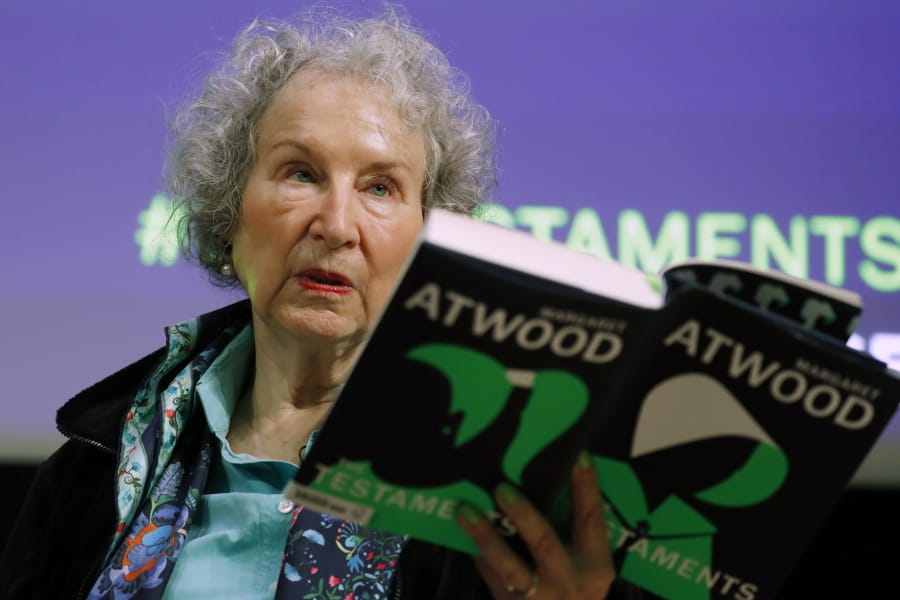In 1985, Canadian author Margaret Atwood published an instant classic: “The Handmaid’s Tale,” a chilling work of speculative fiction told from the point of view of a young woman trapped in an oppressive American regime called Gilead, where she was forced to bear children for the state. Over the years, it never left public consciousness, becoming a feature film, a television series, an opera, a ballet — but for several decades, its writer thought she was finished with that world.
In the ’90s, said Atwood in a telephone interview from her Toronto home, “people weren’t that focused on politics. That’s probably the furthest away I came from thinking I was going to continue.”
Long an activist for climate change awareness, Atwood wrote a trilogy of speculative fiction novels exploring environmental themes — “Oryx and Crake,” “The Year of the Flood,” “MaddAddam” — during the early part of the new century. “And then the politics turned around and started going back towards very polarized factions, as it had been in the 1930s,” she said. “That’s when I thought, OK, we’re going back into an age of dictatorships or attempted dictatorships, and this does not look happy. Then I thought, we’ve seen them come and go, we’ve seen how they arise, but how did they crumble? I was interested in the crumbling part.”
So back she went to Gilead, for “The Testaments,” published in 2019 and co-winner of that year’s Booker Prize. But finding her way back into the original novel’s world was complicated; she didn’t want to re-create the voice of Offred, who narrates “The Handmaid’s Tale.” And, because the Hulu series “The Handmaid’s Tale,” of which Atwood is a consulting producer, had already gone beyond the events in the original novel, she needed to be careful not to contradict a story already being told.



